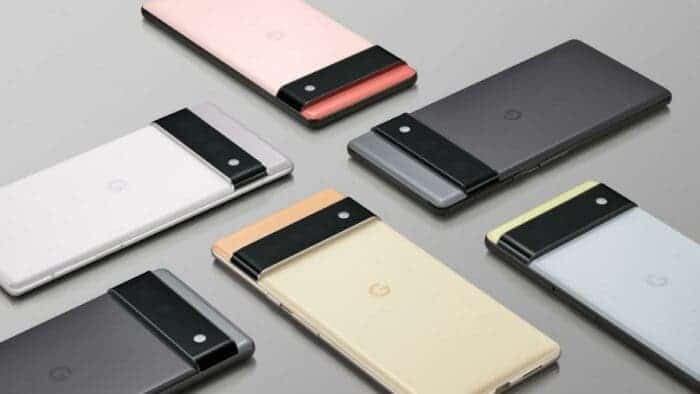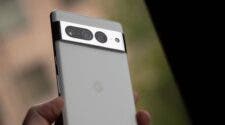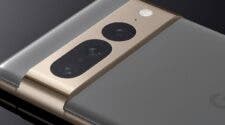It would be strange if Google did not highlight the Pixel 6 Pro for the better against the background of the basic version of the series. It makes sense that the most noticeable difference was the camera. If the Pixel 6 offers the main module and ultra-wide, then the Pro version has a 48-megapixel telephoto lens with 4x optical zoom.
All of this should have propelled the Google Pixel 6 Pro into the market leader. But the guys from DxOMark did not give this model the status of the best camera phone, although they noted tangible progress in creating high-quality photos. In the test, they gave the Pixel 6 Pro an average score of 137 and gave it the seventh position in their ranking.
In their verdict, DxO experts noted that in terms of photo processing, the Pixel 6 Pro is the best among all Android devices. So, in general, the Google smartphone is good, both in taking photos and videos. But still, its photos come out better than videos. Among the strengths of the camera, experts noted good detail in bright light and indoors, good shadow detail, fast and accurate autofocus, effective video stabilization, wide dynamic range and good exposure.
Among the disadvantages of the Google Pixel 6 Pro, they named noise in low light and indoors, depth errors and color instability, noise in video, errors in depth estimates and when creating photos with bokeh effect, as well as failures in autofocus in low light.
![]()
Pros
- Good detail in bright light and indoor images, as well as in video
- Good shadow detail and contrast
- Nice and accurate color in photo and video
- Fast and accurate autofocus in bright light and indoor conditions
- Excellent detail in long range tele shots
- Effective video stabilization
- Good exposure and wide dynamic range in video
Cons
- Narrow depth of field results in blurry background subjects in group shots
- Noise in indoor and low-light images
- Depth estimation errors and instabilities in bokeh shots
- Bokeh blur effect not visible in preview
- Ultra-wide camera not as wide as competition
- Color instabilities and noise in video
- Occasionally unstable video autofocus in low light
![]()
Here is a reminder of the specifications of the smartphone:
Google Pixel 6 Pro specifications
- 6.7-inch (3120 x 1440 pixels) curved pOLED LTPO display with 10Hz-120Hz adaptive refresh rate, Corning Gorilla Glass Victus protection
- Google Tensor processor (2x 2.80GHz Cortex-X1 + 2 x 2.25GHz Cortex-A76 + 4 x 1.80GHz Cortex-A55) with 848MHz Mali-G78 MP20 GPU, Titan M2 security chip
- 12GB LPDDR5 RAM, 128GB / 256GB / 512GB UFS 3.1 storage
- Android 12
- Dual SIM (nano + eSIM)
- 50MP rear camera with Samsung GN1 sensor, f/1.85 aperture, 12MP Ultra-wide camera with Sony IMX386 sensor, f/2.2 aperture, 48MP telephoto camera with Sony IMX586 sensor, ƒ/3.5 aperture, 4X optical zoom, 4K video recording at up to 60fps
- 11MP front camera with Sony IMX663 sensor, ƒ/2.2 aperture, 94° field-of-view, 4K video recording at up to 60fps
- In-display fingerprint scanner
- Dimensions: 163.9×75.9×8.9 mm; Weight: 210g
- Dust and Water-resistant (IP68)
- USB Type-C audio, Stereo speakers, 3 microphones
- 5G SA/NA, 4G VoLTE, Wi-Fi 6E 802.11ax (2.4/5 GHz), Bluetooth 5.2 LE, ultra-wideband (UWB), GPS, USB Type C 3.1 (1st Gen), NFC
- 5000mAh battery with 30W wired fast charging, 23W wireless charging




